International
The Netherlands plans to reintroduce border controls in November to curb migration
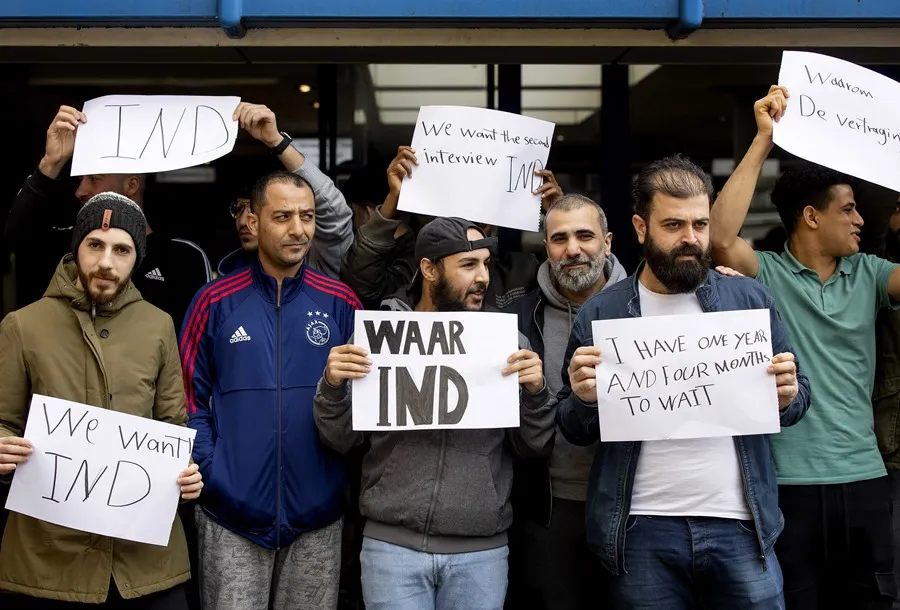
The Dutch Government agreed on Friday on a package of “emergency measures” to “relieve the pressure” on the asylum system, by which it plans to reintroduce border controls from the end of November to return to Germany and Belgium irregular migrants and refugees who have requested asylum in another European country.
The Dutch cabinet, a four-party coalition that includes the radical right of Geert Wilders, considers that the Netherlands is “in an asylum crisis” and the current regime is “unsustainable,” which makes it “necessary to act immediately with a package of measures to relieve and reduce the pressure on the asylum system.”
“From the end of November, border controls will be carried out based on article 25 of the Schengen Borders Code.
Irregular migrants, including asylum seekers who have already applied for asylum in other European countries, will be returned to Germany and Belgium,” the government said in a letter to Parliament.
The Executive will present “as soon as possible” a new rule, the “Law of Emergency Measures for Asylum,” and its entry into force “will be immediately after its publication” in the Official Gazette.
“The accommodation capacity is overwhelmed, requests cannot be processed on time, generating long waiting lists, and some of the applicants cause great inconvenience. People entitled to protection cannot advance in the process, and some asylum seekers who do not have the right to stay do not leave the country,” the cabinet argued.
Temporary asylum
The government will eliminate the indefinite residence permit for refugees and reduce the duration of the temporary leave to three years, instead of five, “thus generating awareness that it is temporary,” said Prime Minister Dick Schoof, who promised that “entries will decrease and exits will increase,” since the possibility of regrouping adult children or an unmarried couple will also be ended.
Likewise, next year, it will enable 50 to 100 additional cells for “the detention of foreigners,” which will be “intended for asylum seekers who have exhausted their process or are in an illegal situation, to be deported to their country of origin.”
Syria, key
The asylum policy for Syria, a country at war since 2011, will “be significantly tightened,” warned the cabinet, which will temporarily limit the refugees that the Netherlands will receive as part of the resettlement agreements under the UN framework to a maximum of 200.
The Ministry of Foreign Affairs will publish a report before the end of the year identifying “safe areas” in Syria, and asylum seekers from those areas will no longer be eligible for asylum and must return to the Arab country, while the possibility of revoking the residence permit of refugees already legally settled is evaluated.
Wilders’ PVV and the Christian Democratic party NSC, the two partners with the most differences within the coalition, have agreed on these measures in meetings they have held in recent weeks, and on Wednesday they have been joined by the other two partners, the liberals of the VVD and the party of farmers BBB, who have given their approval to the agreed package of measures.
Wilders has had to renounce the application of a controversial national emergency law, with which he intended to suspend part of the Aliens Law and jump to Parliament to apply a heavy hand with refugees, but even so, he now hopes that these “extreme” measures will please his electorate, to whom he has promised “the strictest asylum regime in history” in the Netherlands.
International
Meta Says Russia Seeks to Ban WhatsApp for Defending Secure Communication

U.S. tech giant Meta, the parent company of WhatsApp, said that Russia is seeking to ban the messaging app because it “challenges government attempts to violate people’s right to secure communication.”
Russian authorities have encouraged citizens to switch to state-backed applications, and in August they already blocked WhatsApp’s calling feature.
On Friday, the communications regulator Roskomnadzor claimed that the platform was being used to “organize and carry out terrorist acts in the country, recruit perpetrators, and facilitate fraud and other crimes.”
“If the messaging service does not comply with Russian law, it will be completely blocked,” the regulator warned.
WhatsApp remains one of Russia’s most widely used messaging services, alongside Telegram.
Moscow is pressuring both platforms to grant authorities access to user data upon request for investigations into fraud and activities the government labels as “terrorist.”
Human rights advocates fear the demand could be used to target critics of the Kremlin, President Vladimir Putin, or the war in Ukraine.
International
Archbishop Wenski criticizes Trump’s deportation policies, calls for stronger push for reform
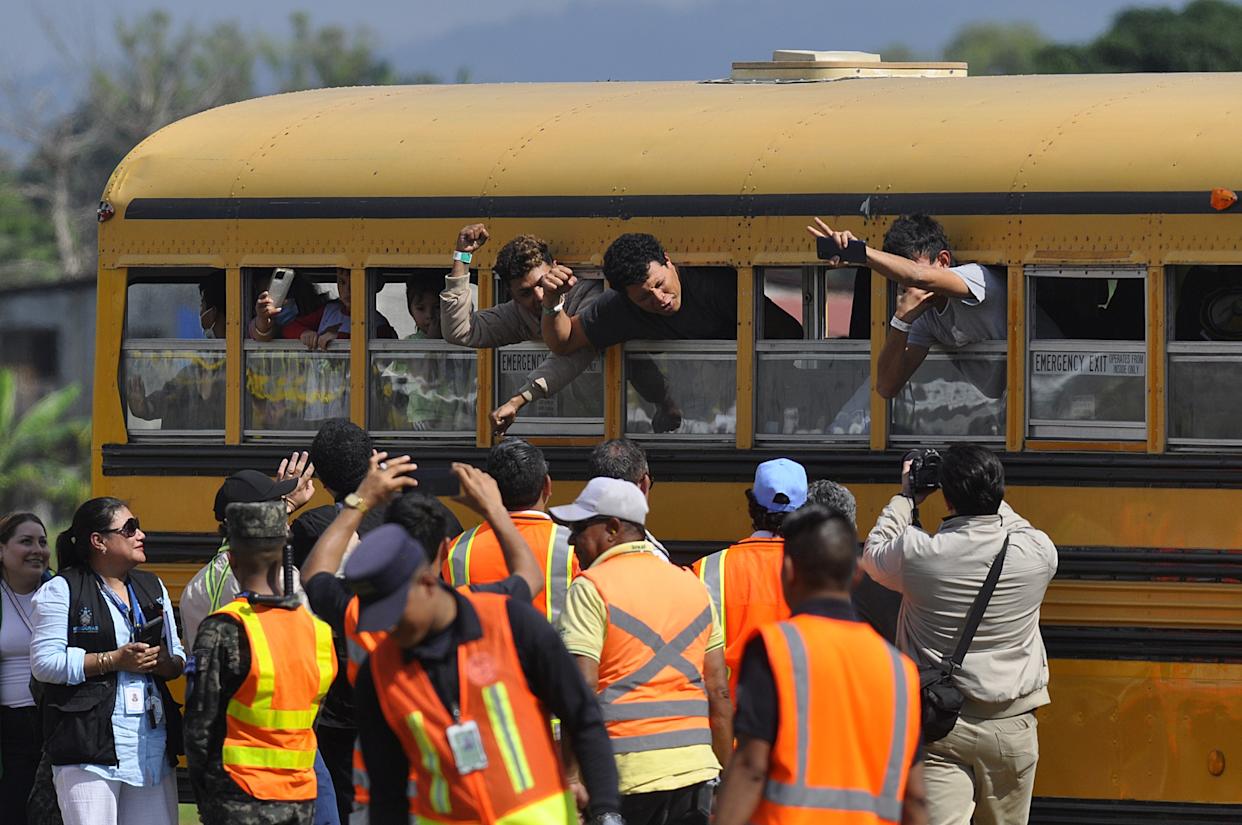
The Archbishop of Miami, Thomas Wenski, has called for increased pressure on the U.S. Congress to advance comprehensive immigration reform and criticized President Donald Trump’s mass deportation policies, arguing that they “do nothing to help.”
“We need to apply more pressure on Congress so lawmakers can make the necessary changes. It is also important for the Administration to listen to our voice. We do not want to be anyone’s enemy—we are Americans,” Wenski said in an interview with EFE.
The religious leader, who heads one of the dioceses with the largest Latino and Haitian populations in the United States, issued a call to defend the rights of migrants. He also emphasized that the U.S. Conference of Catholic Bishops (USCCB) has maintained a strong and public stance in favor of migrants for decades.
International
Trump relaunches diplomatic push to finalize U.S.-Backed peace plan for Ukraine War
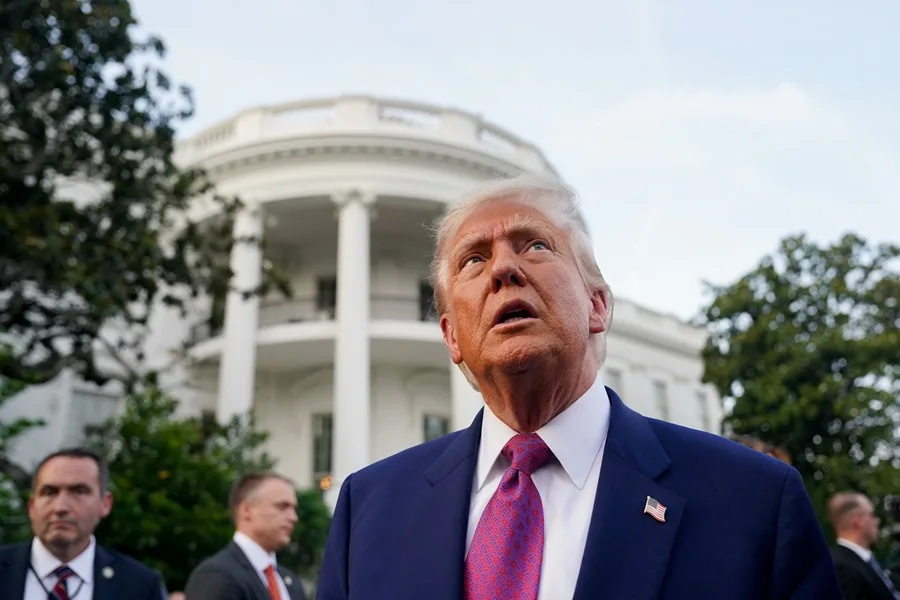
U.S. President Donald Trump announced on Tuesday that his diplomatic team will resume meetings with delegations from Russia and Ukraine in an effort to pressure both sides to accept the peace plan proposed by Washington to end the war in Ukraine.
As part of this new round of talks, U.S. Special Envoy Steve Witkoff will travel to Moscow to meet with Russian President Vladimir Putin. Meanwhile, Army Secretary Dan Driscoll will hold discussions with Ukrainian representatives to narrow differences on the remaining points of the agreement.
Trump also confirmed his intention to meet personally with Ukrainian President Volodymyr Zelensky and with Putin, though he emphasized that such meetings will only take place “when the agreement is fully finalized or in its final stage.”
The president claimed that his administration has made “tremendous progress” toward resolving the conflict and reiterated that the war “never would have started” if he had been in the White House at the onset of the crisis.
The U.S.-backed peace plan consists of 28 points and has been revised following feedback from both sides. According to Trump, only “a few points of disagreement” remain under active discussion.
One of the most controversial aspects of the proposal is the suggestion that Ukraine cede parts of the Donbas region to Russia and limit the size of its armed forces. Kyiv is working closely with Washington to soften these clauses in search of an arrangement that does not compromise its sovereignty or security.
With this diplomatic push, Trump aims to solidify his role as the main mediator in the conflict and steer the war toward a political resolution after years of devastation, humanitarian crisis, and rising global geopolitical tensions.
-

 International4 days ago
International4 days agoTrump relaunches diplomatic push to finalize U.S.-Backed peace plan for Ukraine War
-
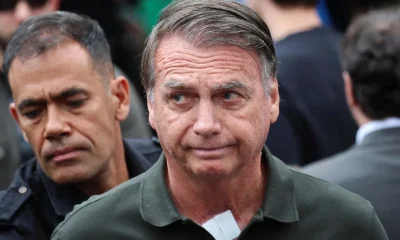
 International4 days ago
International4 days agoBolsonaro misses appeal deadline, faces imminent prison order by Brazil’s Supreme Court
-

 Central America3 days ago
Central America3 days agoPanama reinforces security with new helicopters and Super Tucano Aircraft purchases
-
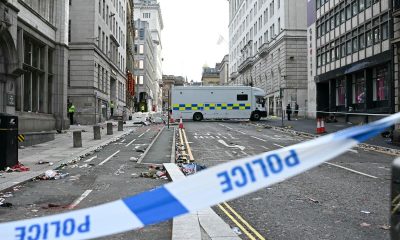
 International4 days ago
International4 days agoMan pleads not guilty in Liverpool parade incident that injured more than 130
-

 International4 days ago
International4 days agoMacron to announce new voluntary military service amid rising security concerns in Europe
-

 Central America3 days ago
Central America3 days agoTrump urges hondurans to back conservative candidate Nasry Asfura in november elections
-

 Central America1 day ago
Central America1 day agoTrump Pardons Former Honduran President Hernández and Warns of Aid Cuts Ahead of Election
-

 International3 days ago
International3 days agoArchbishop Wenski criticizes Trump’s deportation policies, calls for stronger push for reform
-

 Central America3 days ago
Central America3 days agoWashington calls for oversight as Honduras faces allegations of electoral interference
-

 Central America3 hours ago
Central America3 hours agoHonduras’ China–Taiwan Future Hinges on Sunday’s Presidential Election
-

 International1 day ago
International1 day agoMeta Says Russia Seeks to Ban WhatsApp for Defending Secure Communication






























